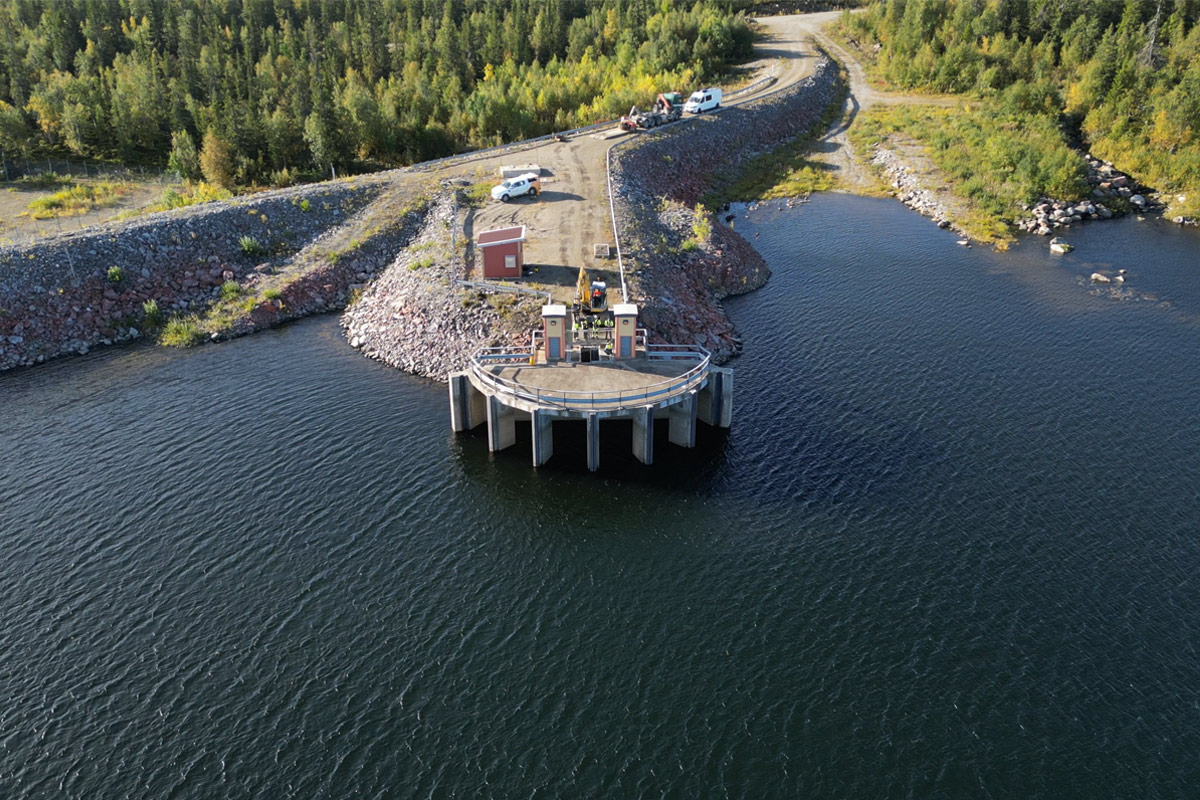Juktan
Facts
Water information

Juktan was the first large pumped storage power plant in Sweden. It was converted into a hydro power plant in 1996 and has been used as such ever since. Vattenfall is now investigating the possibility of converting Juktan back into a pumped storage plant.
History
When Juktan power station was opened in 1978, it had several unusual features. It used different lakes at different altitudes as water sources and the lakes were connected by tunnels and water pumps. It transferred water from one reservoir, Lake Storjuktan in Juktån, a tributary of the river Ume älv, to another, Lake Storuman in the main river Ume älv. From Storjuktan the water was pumped to a third reservoir, Lake Blaiksjön, at an elevation more than 210 metres higher. Upon power generation, the water was discharged to Storuman giving a net head (drop) of about 270 metres. The station thus utilised three reservoirs.
Due to the difference in elevation of about 60 metres between the lakes Storjuktan and Storuman, the power consumption for pumping water from Storjuktan to Blaiksjön equalled the amount possible to generate between Blaiksjön and Storuman. However, the diversion of the river Juktån to the main river at a higher elevation than that of the natural outflow of the tributary also allowed the water to be used in three existing stations on river Ume älv. This yielded generation of an additional 140 GWh per year.

